20 Coolest Cloud Platform Vendors

Without the platform, there really wouldn’t be much in the cloud, now would there?
To some, cloud computing platforms have been affectionately called Platform-as-a-Service, or PaaS (not to be confused with that Easter Egg coloring kit of the same name). Cloud computing platforms facilitate and ease the deployment of applications into the cloud, limiting the cost and complexity by cutting the need to buy and manage hardware and software. As cloud computing continues to gather steam and more VARs and their clients are looking to design, develop, test, deploy and host apps in the cloud, a robust, flexible platform has become a must-have. With that in mind, we present the 20 coolest cloud computing platform vendors.
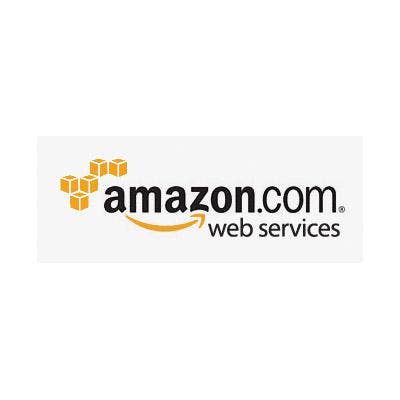
Amazon EC2
Since staking its claim with Amazon Web Services in early 2006, Amazon.com has established itself as a pioneer. Amazon EC2 (Elastic Compute Cloud) users obtain and configure capacity and control computing resources while running them on Amazon’s environment. The real draw is the ability to add capacity and scale in seconds, or reduce capacity as needed while customers only pay for what they use. It also is designed for use with other Amazon Web Services.
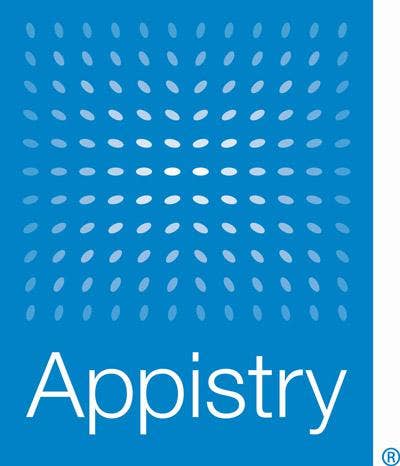
Appistry
When it was founded in 2001, Appistry was already eyeing the cloud as the next big thing. Appistry’s CloudIQ platform has become known for delivering a run-time application platform that complements existing technology to create scalable, service-oriented applications with lower investments. Appistry lives at the nexus of grid computing, virtualization and SOA, and delivers real-time IT apps and infrastructure that takes the best attributes of each of those three components.
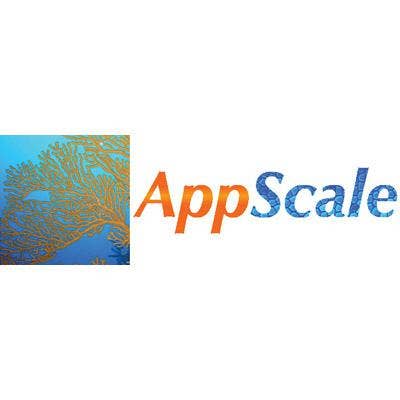
AppScale
Open-source community, rejoice! AppScale is an open-source platform for Google App Engine applications. AppScale lets users deploy and monitor their App Engine applications in an open-source environment while providing mechanisms to debug and profile applications as needed. AppScale has already developed quite the following and, as cloud platforms continue their market penetration, an open-source alternative will surely gain traction.

AT&T
Its Synaptic Compute as a Service offering delivers pay-as-you-go cloud computing, allowing access to virtual servers. AT&T provides and manages the virtualization infrastructure, including the network, servers and storage. The user provides and manages the database and applications. AT&T does it all with no upfront fees, no commitment and no termination fees, which means no lock-in.
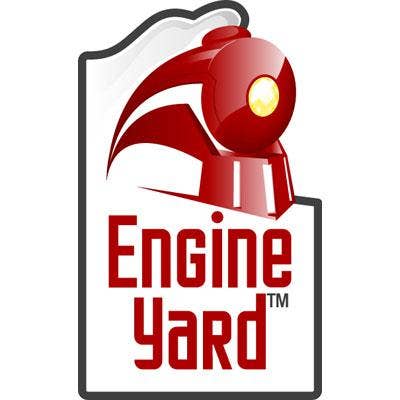
Engine Yard
Engine Yard got its start in 2006 at a time when customers were developing Rails applications but didn’t want to worry about deploying, managing and scaling them. Engine Yard Cloud is a Rails application cloud for Web developers and teams running on top of cloud computing infrastructure. With $37.5 million in funding raised with backing from Amazon.com, New Enterprise Associates and Benchmark Capital, Engine Yard is barreling down on the competition.
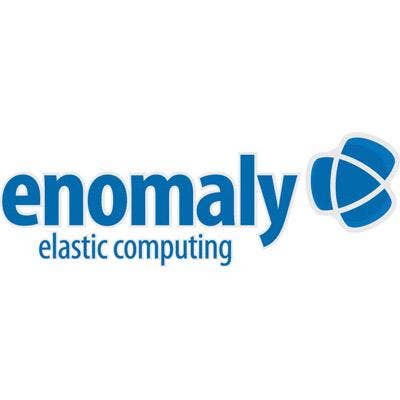
Enomaly
With the launch of its Elastic Computing Platform in 2004, Enomaly was one of the world’s first Infrastructure-as-a-Service platforms for service providers. Today, more than 15,000 organizations are using Enomaly’s Elastic Computing Platform and rely on it to deliver infrastructure-on-demand services to customers. In its more than five years in the game, Enomaly has become regarded for its unlimited scalability, self-service capabilities, multi-tenant security, automated provisioning and integration into existing infrastructure.
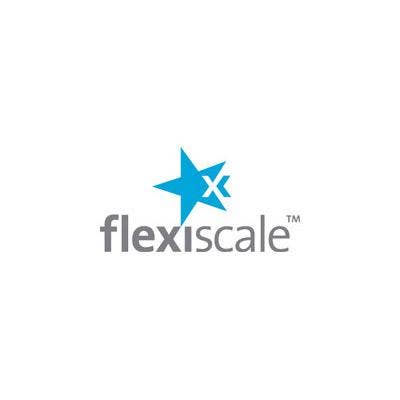
FlexiScale
FlexiScale started as a ’utility hosting platform’ but morphed to offer a cloud computing infrastructure that offers a flexible, scalable and automated public cloud infrastructure. It arms customers with the power to flex their requirements up and down on-demand and only pay per service used. FlexiScale offers all of the power and storage resources needed; the ability to scale in real-time; a pay-as-you-go pricing with no lock-in; multi-OS support and automatic self-healing and 100 percent SLA.
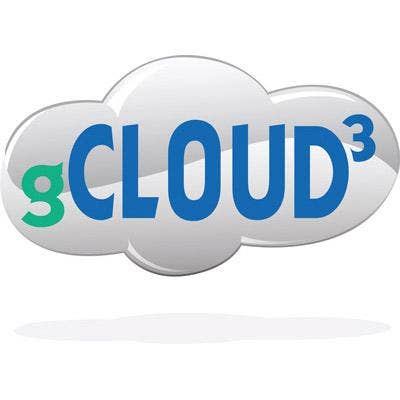
GCloud3
GCloud3, is offering a turnkey private cloud solution in its gPlatform. The startup’s gPlatform enables deployment of servers, desktops, firewalls/routers and SAN storage. The six-component platform comprises gVirtual, a private cloud solution deployed at the client site; gClient, a thin-client line for integration into gVirtual or gHosted solutions; gBackup, a backup of the private cloud infrastructure; and gHosted, a data center-style deployment that uses gClient to connect to the data center.

Gizmox
Its Visual WebGUI platform is a way to enable enterprises to create rich and responsive Web applications with solid performance and security. And while Visual WebGUI is best suited for developing new Web apps and approving old ones it can also modernize legacy apps using standard technologies like ASP.net, DHTML and Silverlight. The open source offering has gained traction, and recently surpassed 30,000 deployments. Now Gizmox is taking Visual WebGUI commercial to make Web-dependent cloud applications.
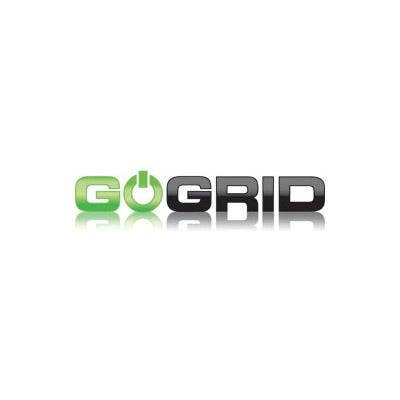
GoGrid
Do you have only minutes to build an enterprise-grade cloud infrastructure? GoGrid’s got you covered. The GoGrid platform lets users deploy Web and database cloud services, mount infinite-volume cloud storage, add load-balancing and create, save and deploy custom cloud server images. GoGrid makes it even easier by tying in API libraries and tools.

With Google App Engine, users can build, run and maintain their applications on Google’s infrastructure with no servers to maintain. Apps can be served from their own domain or a free domain on Google’s appspot.com domain. As with most platforms, App Engine is pay to play. It supports several programming languages and costs nothing to get started. Apps have up to 500 MB of storage and enough CPU bandwidth to support an app serving about 5 million page views a month.
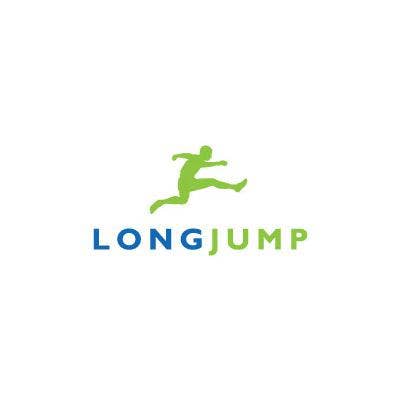
LongJump
Formed in 2003, LongJump recently launched its Business Application Platform, a platform-as-a-service (PaaS) play that can be licensed for use in an enterprise data center or by ISVs seeking a platform to build and host their own SaaS- or cloud-based apps. And LongJump is actively rounding up ISVs to brand and host their own SaaS offerings in private clouds. LongJump also can convert data to private clouds with LongJump’s PaaS licensing option.
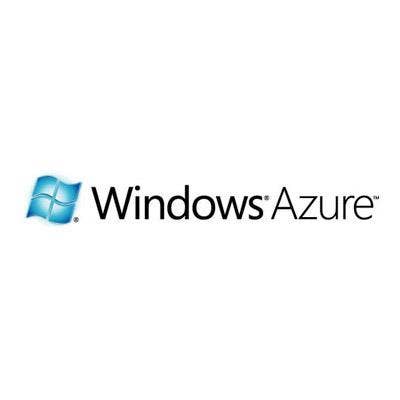
Microsoft
Windows Azure is Microsoft’s cloud computing platform, available now for free. Set to debut Feb. 1 as a paid service, Azure offers an environment for developers to create cloud apps and services. The platform will also run alongside current Microsoft environments offering an OS as a service in Windows Azure, a relational database in the cloud in Microsoft SQL Azure and the Windows Azure platform AppFabric, which eases connections between cloud and on-premise apps.
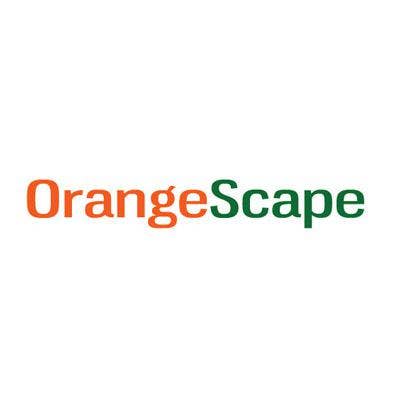
OrangeScape
OrangeScape aims its Platform-as-a-Service offering at non-programmers. For five years, OrangeScape has been used to develop applications while reducing the learning curve by getting rid of the technology and infrastructure complexities. Developing with OrangeScape is as simple as using a spreadsheet. If that’s too hard, maybe app development really isn’t for you.
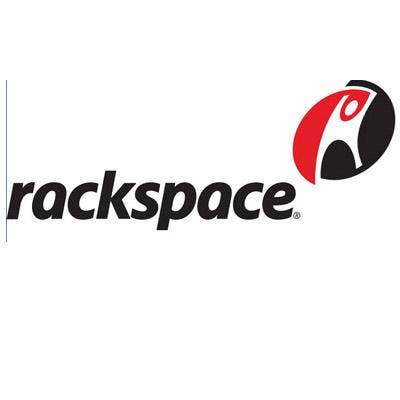
RackSpace
With its CloudServers offering, RackSpace delivers servers on-demand via a cloud-driven platform of virtualized servers. Users can add new instances and reduce instances within seconds while paying for what’s provisioned. It also offers CloudSites, a fully-managed Web hosting platform that lets the users code it and load it and offers patching and security, monitoring, redundancy, clustering and the power of the cloud. Add to that RackSpace’s CloudFiles file storage and hosting in the cloud, and the platform is complete.
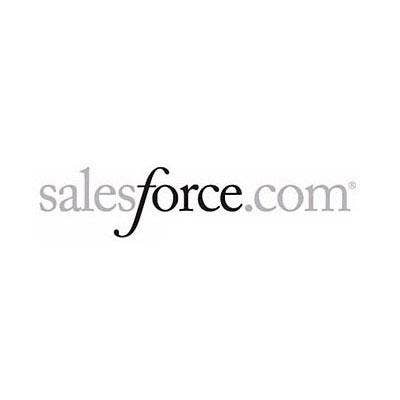
Salesforce.com
The cloud computing behemoth is kicking its presence up a notch. Its Force.com development platform lets users log in, build an app and push it out into the cloud. All told, it’s supposed to help build and run applications faster at a fraction of the cost of traditional software platforms. The platform includes a database, security, workflow, user interface and other tools to guide the process for building business apps, mobile apps and Web sites.
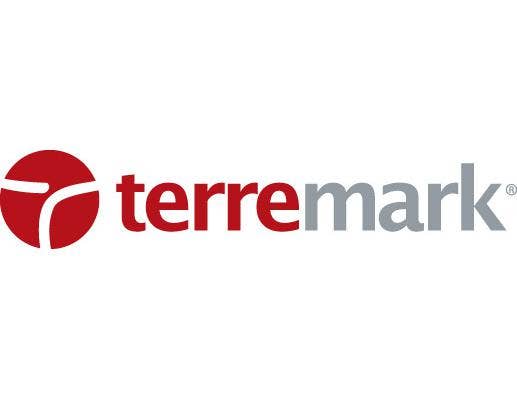
Terremark
Terremark’s vCloud Express is a pay-as-you-go scalable deployment platform that gives development teams quick setup and easy resource configuration. Meanwhile, Terremark’s Enterprise Cloud offering gives users precise, dynamic allocation of computing resources such as security, scale and performance with multi-user capacity, a dedicated resource pool architecture and roll-based security with private network connectivity and physical device integration layered on top.
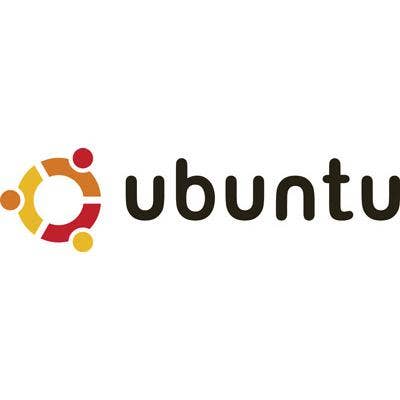
Ubuntu
Want choice in cloud strategy? Look no further than Ubuntu. Ubuntu Enterprise Cloud (which is powered by Eucalyptus) is included in Ubuntu Server Edition and lets companies introduce private, in-house clouds behind the firewall. Available on Amazon EC2, Ubuntu also offers customers the benefits of pushing services to a public cloud.
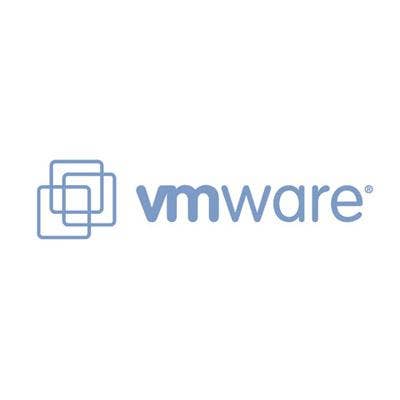
VMware, Cisco Systems And EMC
Last year the trio created a the Virtual Computing Environment (VCE) coalition to offer a complete virtual data center product set that takes the best bits and pieces from each vendor’s portfolio. VCE’s Vblock is a series of preconfigured, pretested solution sets based on Cisco’s Unified Computing Systems and networking switches, EMC’s Symmetrix or Clariion storage arrays, and VMware’s vSphere server virtualization platform.

Verizon
Like AT&T, Verizon is also getting in on the cloud game with Computing as a Service, an offering that lets users take advantage of virtualization in a self-service model. With Verizon CaaS, unveiled last June, users can perform all standard cloud computing tasks with the peace of mind offered by one of the world’s most recognized providers. Using a Web-based user interface, customers can manage and deploy virtual servers, scale computing power and control private networks.